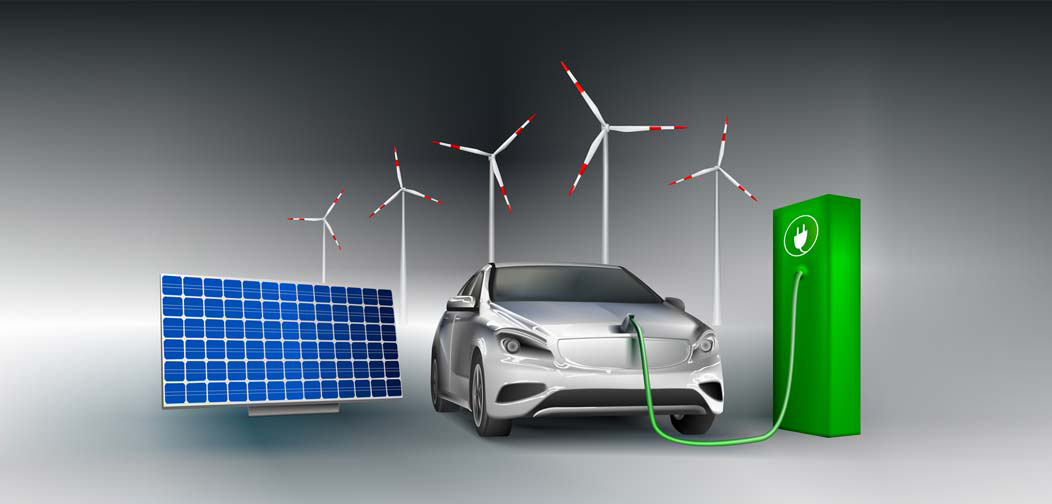The past year was a pivotal one, with many important achievements across the disruptive dimensions of mobility: autonomous driving, connectivity, electrification, and shared mobility. In 2020, electric-vehicle (EV) sales set another sales record globally, and EVs became much more prominent in the public awareness in major automotive markets, such as the United States and Europe. Many more cities have announced and already partially implemented further regulation of private-car-based mobility while some players even demonstrated truly driverless cars without backup drivers. We’ve truly seen remarkable advances across the mobility industry in the past few years, and its positive effects on air-quality in first-world territories. So we might ask ourselves: In light of all of these advancements, at what point do governments start rapidly implementing EV technology into the territories where people need clean air the most?
Dr. Ponnapula Sanjeeva Prasad, also popularly known as Goldstone Prasad, was originally trained as a medical doctor, but has always been a fearless entrepreneur at heart. Though he is presently semi-retired, Prasad has been spending his days advocating for India to fast-track the adoption of Electric Mobility and Vehicles across the country. The initiative set forth would not only protect the environment, but it would also create many employment opportunities for citizens throughout India.
In addition to the aforementioned benefits of Dr Prasad’s mission, India’s capability to capitalize on it’s own renewable energy sources such as solar and wind are at record level low prices, thus placing the startup investment of adapting the Electric Mobility technology at an all-time low for entrepreneurs. The adoption could not come soon enough, as India’s exchange drain for imported crude from foreign territories is at an all-time high and is paralleled by many Geopolitical uncertainties.
The reason India is moving towards EV Technology initiatives is to reduce the spread of air-pollution and the cost of petrol for its citizens. However, the biggest challenge with India implementing EV, will not be the cost of Electric Vehicles, but the availability of renewable charging infrastructure for the vehicles to sustain themselves, this development of charging infrastructure will determine how quickly and efficiently EV mobility can develop across India. Technology is not the biggest obstacle standing in between cheaper mobility and cleaner air for India’s people. Instead, it’s the development of renewable charging infrastructure which is where citizens are looking towards their local governments to begin providing maintained infrastructures to serve the people and to achieve a healthier, more cost-effective method of travel for it’s vast communities.
Media Contact
Company Name: David Land Public Relations
Contact Person: David Land
Email: Send Email
Phone: 3236895958
City: Los Angeles
State: CA
Country: United States
Website: http://davidlandpr.com

